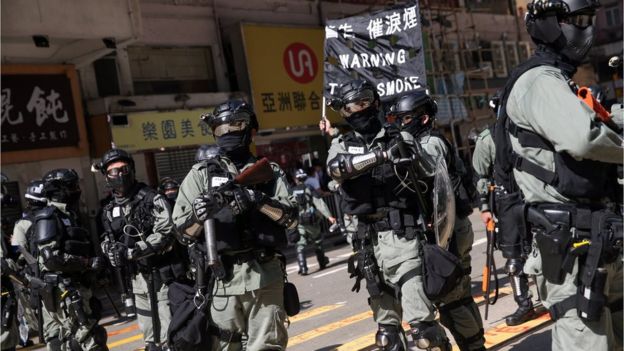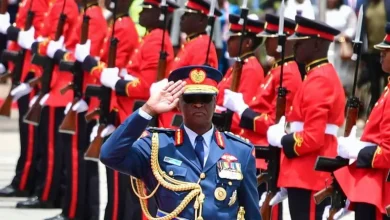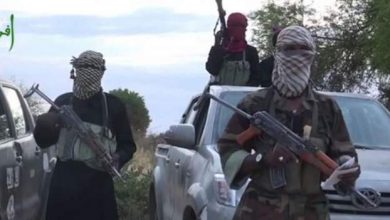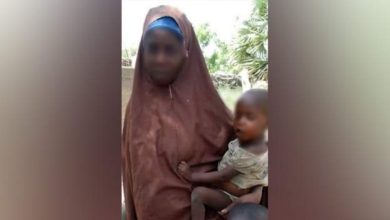International
Hong Kong protests: Two ‘critical’ after day of chaos

Two people are in critical condition after another day of violent demonstrations in Hong Kong.
The first person – a protester – was injured on Monday morning, when he was shot by a police officer.
He is the third person shot by police since rallies began 24 weeks ago.
Later, a pro-Beijing supporter was doused in flammable liquid and set alight after arguing with protesters, who are demanding greater democracy and police accountability.
There were a number of other flashpoints during the day, with police firing rubber bullets and tear gas in others parts of Hong Kong. At one point, tear gas was fired in the central business district – a rare occurrence during working hours on a weekday.
Monday’s violence followed a weekend of vigils and protests after a 22-year-old student protester died on Friday. Alex Chow had been in hospital since he fell from the ledge of a car park during a police operation a week ago.
The protests started in June against a now-withdrawn plan to allow extradition to mainland China, but have since morphed into wider pro-democracy demonstrations.
What happened to the injured protester?
The shooting occurred as protesters tried to block a junction at Sai Wan Ho on the north-east of Hong Kong Island. Police confirmed that one officer “discharged his service revolver” and that a man was shot.
Footage posted on Facebook showed the officer drawing his gun before grappling with a man at a roadblock. When another man approached wearing a face mask, the officer fired at him, hitting him in the torso. The officer fired twice more, but there were no injuries.
After the shooting, footage showed the 21-year old protester lying with his eyes wide open and with blood around him.
He has undergone surgery and remains in a critical condition, a Hospital Authority spokesman told the BBC.
The police said officers also drew firearms from their holsters in two other places.
But they denied what they called “totally false and malicious” reports that officers were ordered to “recklessly use their firearms” in Monday’s operations.
It was the third time a police officer had shot someone with live rounds. The first incident was during protests on 1 October when China was celebrating 70 years of communist rule. The second case was a teenage boy shot in the leg on 4 October.
Blood and graffiti
Stephen McDonell, BBC China correspondent, at the scene
The pedestrian crossing in Sai Wan Ho, where the young protester was shot, has become a site of considerable tension.
Activists have built barricades across the junction – and when riot police come they face a torrent of abuse from bystanders of all ages.
Blood can still be seen on the street – and next to it graffiti reading “we shall never surrender”.
Each time the riot police leave, the demonstrators return to erect their barricades again.
Hong Kong’s political crisis – now in its fifth month – continues to become more violent.
What else happened on Monday?
Most protests have taken place at weekends, but pro-democracy activists have called out all workers for a general strike on Monday.
Other incidents have included:
- At the Chinese University, police fired rubber bullets in response to protesters throwing bricks
- At Hong Kong Polytechnic, police fired tear gas at a demonstration
- Protesters used barricades to block roads in various places, leading to long traffic jams. MTR railway stations were also targeted
- Police say protesters dropped “large and heavy objects” on roads, endangering drivers
- In one video circulating online, a police motorcycle seems intentionally to ram into protesters
Police described the activists as “radical protesters”, conducting “extensive illegal acts” and urged them to stop any actions that threatened safety and obstructed the police.
Several universities have cancelled their classes for the day.
Why are there protests in Hong Kong?
Hong Kong is part of China but as a former British colony it has some autonomy and people have more rights.
The protests started in June against plans to allow extradition to the mainland – which many feared would undermine the city’s freedoms.
The bill was withdrawn in September but demonstrations continued and now call for full democracy and an inquiry into police behaviour.
Clashes between police and activists have become increasingly violent and in October the city banned all face masks.
Source: BBC



